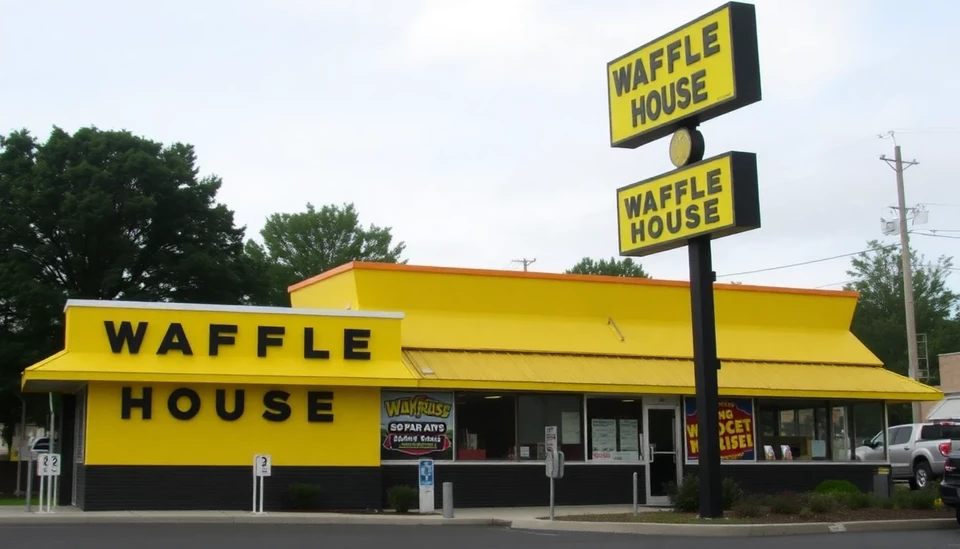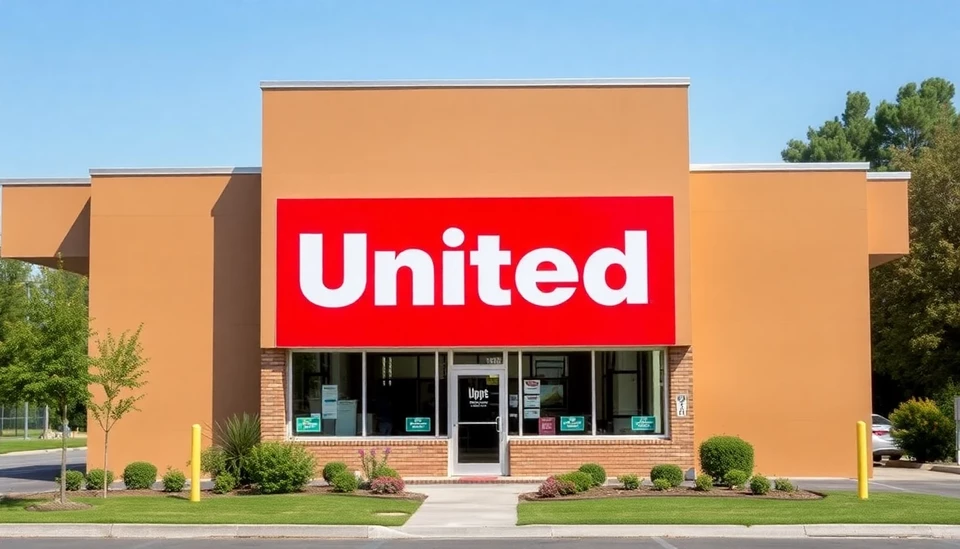
The beloved American diner chain Waffle House has recently made headlines for implementing a 50-cent markup on its egg dishes, a move that speaks volumes about the financial pressures currently facing restaurants across the United States. This price increase is not just a reflection of Waffle House’s operational costs but also underscores the broader challenges that the restaurant industry is grappling with amidst rising prices for food and labor.
Waffle House, known for its round-the-clock breakfast offerings and casual dining experience, recently announced the change as part of their strategy to stay afloat in a highly competitive market. The company has been facing escalating costs attributed to various factors, including supply chain disruptions, inflation, and a tightening labor market. Egg prices, in particular, have reached historically high levels, prompting Waffle House to pass some of these increased costs onto consumers.
This move aligns with the trends observed in the restaurant sector, where operators are increasingly raising menu prices to offset heightened operational costs. Food prices surged dramatically in 2023, driven by inflation and a combination of environmental factors that affected crop yields. As a result, many diners now find themselves paying more for their favorite breakfast items than ever before.
Industry experts have noted that Waffle House is not an isolated case. Many restaurants, ranging from local diners to high-end establishments, are facing similar dilemmas. This ongoing predicament has led to the exploration of diverse revenue streams and cost-cutting measures that many restaurant owners claim are necessary to maintain financial viability.
In addition to price hikes, businesses are also finding innovative ways to cope with labor shortages. Many restaurants are reevaluating employee compensation and benefits packages to attract and retain staff, which can also lead to increased menu prices. As the hospitality sector strives to rebound post-pandemic, operators are navigating a complex landscape that involves balancing customer expectations with financial sustainability.
The Waffle House adjustment could likely serve as a bellwether for the broader restaurant industry. As consumer preferences continue to evolve, establishments must adapt to shifting economic realities while ensuring they provide quality service. The increased sticker shock at the cash register may compel diners to reconsider their eating out habits, which could, in turn, influence restaurant strategies moving forward.
As Waffle House adapts to these market conditions, it remains to be seen how its customer base will respond to the rising costs and whether other restaurants will follow suit in making similar adjustments. The future of dining out amidst these challenges will require a delicate balancing act as stakeholders navigate the nuanced intersection of price, quality, and consumer experience.
As the restaurant industry evolves in response to these economic pressures, it is evident that many iconic brands, like Waffle House, are challenged in their quest to maintain affordability while navigating the harsh terrain of increasing costs.
As we look ahead, both restaurant operators and consumers will be closely watching how these changes unfold and what they mean for the future of dining in America.
#WaffleHouse #RestaurantIndustry #EggMarkup #FoodPrices #Inflation #DiningOut #ConsumerBehavior #LaborShortage
Author: Victoria Adams




